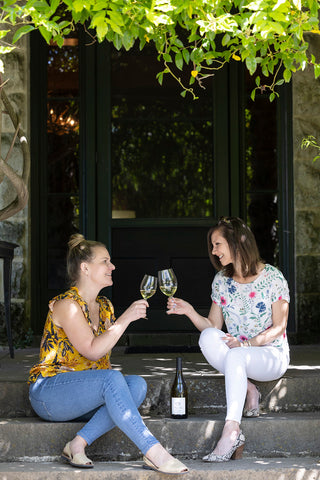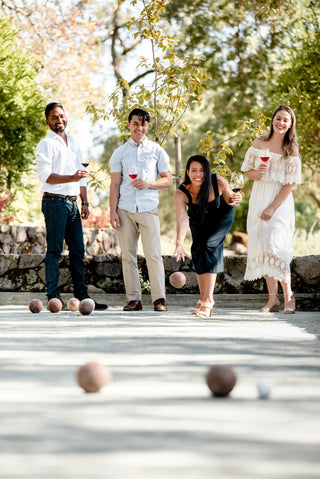The history of the resort and its owners is rich and colorful. Tales of ghosts, mummies, mischievous monkeys, and “shady” dealings at Stags' Leap Manor abound. Some are documented, some are passed on by word of mouth, and some are pure speculation.
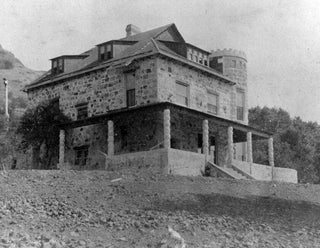
1872
A Vineyard is Born
After decades of being owned by a multitude of owners - via Mexican land grants (Yajome Rancho), homesteading, a bounty award, and patents - the Grigsby family consolidated a 700-acre parcel where the current Stags' Leap estate resides today. The Grigsbys planted grapes on the land in 1872 and 13 years later they transferred the land to W.W. Thompson and H.H. Harris (Napa County Sheriff). The next year Mr. Harris conveyed his interest in the property to Thompson’s nephew, Horace Blanchard Chase.
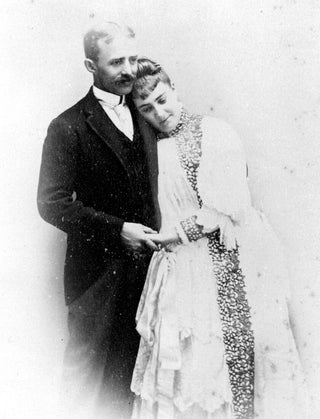
1886-1909
The Chase/Mizner Era
In the late 1880s, Horace Chase, an eligible bachelor from Chicago, and Mary Ysabela “Minnie” Mizner, belle of society in the former state capital of Benicia, met at Napa Soda Springs Resort in the hills outside Napa. They fell in love and were married in 1888 at the Benicia home of Minnie’s father who had served as California State Senator for two terms in the 1860s and who later became an ambassador to Latin American countries. Shortly thereafter Horace and his uncle divided their 700 acre tract into two parcels and Horace became sole owner of the northwestern 365 acres.
The Chases were known for their lavish hospitality and, in season, hosted the scions of San Francisco society during an era of great wealth stemming from gold and silver mining. During the winter, the Chases left Stags’ Leap and spent their winters in San Francisco attending opera, theater, receptions, Cotillion Club dances, and hunt balls at the Palace Hotel.
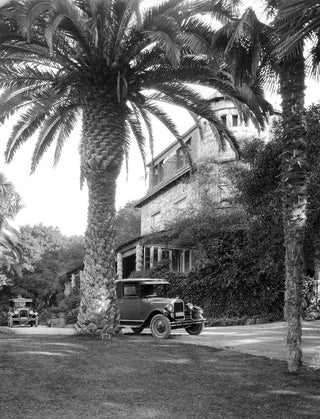
1913-1956
The Grange Era
In 1913 the property was purchased by Clarence and Frances Grange who were prominent members of San Francisco society. Clarence, an ex-Chicagoan, was an heir to the Grange Farm Equipment Company fortune; and he and Frances wanted to have a country home in Napa so that they could entertain their socialite friends. The Granges moved in the Manor House with their two children, where they lived until 1956.
The Granges lived in the Manor House year ‘round; and, while they did not intend to make wine, the vineyards remained in production.
After Clarence had a severe accident with a horse, most of the responsibilities of running the property fell to Frances. With Clarence unable to work, Frances created an upscale destination resort, Stags' Leap Manor, which became known as one of the most prominent resorts in Napa Valley at the time. Tales of ghosts, mummies, mischievous monkeys, and “shady” dealings at Stags Leap Manor abound.
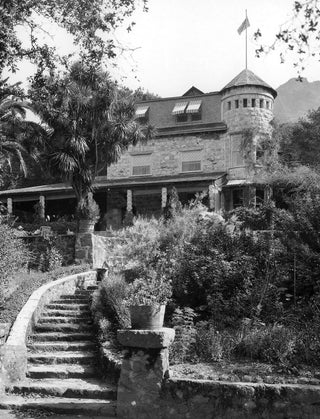
1956
Between Grange & Doumani Eras
Following the deaths of Frances and Fred Grange, the property was sold in 1956. The next two owners let the Manor House decay into an uninhabitable state, particularly the wooden additions made by Frances Grange. The owners, unable to keep up the property, asked Napa County for tax relief and, at the suggestion of the tax assessor, boarded up the building and turned off the power and water so that the county would charge taxes on the property only and not on the structures. Rumors abound that hippies squatted on the property during that time, and long time Napa residents tell of breaking into the house to party on weekends. In 1958 the movie “This Earth is Mine”, funded by the Napa Valley wine industry, was filmed at Stags’ Leap.
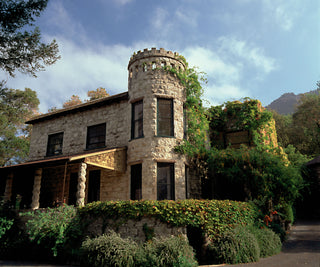
1970-1996
The Doumani Era
In 1970, Carl Doumani and his wife Joanne purchased a portion of the property. Doumani was a Los Angeles restaurateur, builder, and wholesaler who first came to Napa Valley on a trip gifted by friends. Intrigued by the setting, history, and privacy of the area, Doumani purchased the property and began a vast nine year restoration project. In addition to preserving most of the original stonework of the Manor House, Doumani restored the Stone Winery, Cottage, and grounds.
During this time, the vineyards were also restored and winemaking resumed under the Stags’ Leap Winery label. Under Doumani's ownership, the winery went from being a small operation in which he often wore many hats to a fully staffed 85,000 case winery with a solid reputation for excellent and a cult following for its Petite Sirah.
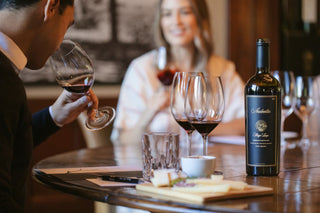
1996
The Treasury Wine Estates Era
In late 1996 Carl Doumani sold the property to Beringer, now Treasury Wine Estates. Shortly after, construction began on a 28,000 sq. foot wine cave in the volcanic rhyolite rock of the Stags Leap Palisades. The new cave is a companion to the original cave built in 1893, but it is much larger at almost 700 feet deep with 17 cross areas and room for 7,000 barrels. At the same time, Robert Brittan and landscape designer Jonathan Plant developed the Apothecary and Sensory Garden, building it on the existing kitchen garden on the north side of the Manor House. A majority of the plants cultivated there evoke aromas and flavors of wines made on the estate.

